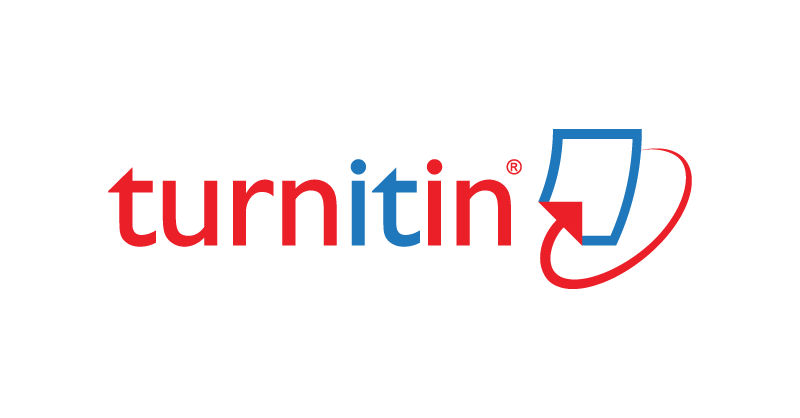Home >
The influence of the window shopping learning model in increasing student geography learning activities at SMAN 12 Pekanbaru. >
Reader Comments >
The Psychological Hooks of Gambling Establishments
User
Information














The Psychological Hooks of Gambling Establishments
by Latosha Kulikowski (2025-07-07)
| Post Reply
Crypto Adoption: Many platforms now accept cryptocurrencies like Bitcoin, offering anonymity and faster transactions. Live Dealer Games: Bridging the gap between digital and physical, live dealer games stream a real human dealer from a studio, allowing players to interact in real-time. Improved Security: Advances in SSL encryption and secure payment gateways have made online transactions safer than ever. Augmented Reality (AR) may soon overlay digital game elements onto the real world. The future of online casinos is luminous and intrinsically linked to technology. Mobile Gaming: The proliferation of smartphones and tablets has made mobile casinos the dominant force, allowing play from virtually anywhere. We are on the cusp of the widespread adoption of Virtual Reality (VR) casinos, which will offer a fully immersive, 3D experience. As technology continues to progress, the line between the physical and digital casino experience will only continue to diminish, creating new and exciting possibilities for players worldwide.This public celebration of a win reinforces the decision to play for the winner and serves as a powerful advertisement to everyone else on the floor. It creates a cycle of reinforcement that encourages continued play. The use of light is equally strategic. Bright, flashing lights on a winning slot machine create a spectacle, amplifying the sense of excitement.
- Player-to-Player Engagement: Use voice chat and casino animated avatars to communicate with dealers and other players in real-time. Imagine sitting at your kitchen table and using your smartphone camera to project a virtual roulette wheel onto it. What to Expect from Virtual Gambling Halls:
Lifelike Venues: Walk through opulent casino floors, themed rooms, and exclusive VIP lounges. - Hands-On Action: Physically pick up your cards, throw your own dice at the craps table, and pull the lever on a virtual slot machine. You could place your bets with a tap of your finger and watch the digital ball spin in your physical space. Augmented Reality (AR) and Cryptocurrency Integration
While VR creates an entirely new world, Augmented Reality (AR) supplements our existing one. - Beyond Gambling: Attend virtual concerts, watch sporting events, or socialize in non-gaming areas within the same platform. AR has the potential to make casino gaming a more integrated and seamless part of everyday life, blending digital content with the real world.
However, they offered one thing that land-based casinos could not: unparalleled convenience. Early online casinos were basic by today's standards, often featuring a limited selection of games with simple graphics. This accessibility was the primary driver of the industry's initial wave of growth. A steady internet connection was all that was required to join a world of virtual slots, blackjack, casino and roulette. No longer did a player need to travel to Las Vegas or Monte Carlo.
A low-volatility game (like many video poker variants) pays out small wins frequently. This means that, casino over a very long period, the game is programmed to return 96% of all wagered money to players. - Volatility/Variance: This describes how a game pays out. Payout Percentage: This is simply the other side of the house edge. Players can lose their bankroll quickly on these games, but they also have a chance at a life-changing score. A high-volatility game (like many progressive jackpot slots) pays out infrequently, but the wins can be massive. A player looking for a long, steady session should choose a low-edge, low-volatility game like Blackjack or Baccarat. Understanding the interplay between the house edge, RTP, and volatility allows a player to select a game that aligns with their goals and risk tolerance. If a game has a 4% house edge, its RTP is 96%. In the end, the math is undeniable: the casino is a business designed for profit. But a knowledgeable player who understands the numbers can make informed choices, maximize their entertainment value, and maybe even walk away a winner in the short term. A player dreaming of a massive jackpot might gravitate towards a high-volatility slot machine, accepting the higher risk. It allows for longer play sessions but offers smaller jackpots.
This is achieved through a combination of sensory and architectural tricks. The Intentionally Crafted Atmosphere
A casino floor is not a randomly assembled collection of games and casino lights; it's a carefully designed environment engineered to shape human behavior. The goal is to make patrons feel comfortable, lose track of time, and stay engaged in the games.
For example, in a coin toss, casino the true odds of heads are 1-to-1. If a casino paid out $1 for every $1 bet on a correct guess, it would have no edge. Every casino game is designed with a similar, casino (wacari-git.ru) albeit more complex, mathematical imbalance that benefits the house. The house edge is derived from the discrepancy between the true odds of an outcome and the payout odds offered by the casino. But if it only paid out $0.95 for every $1 bet, that 5-cent difference would be its edge.
Add comment